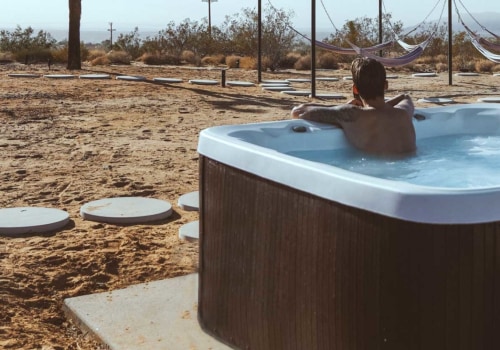SPA (Specialty Store Retailer of Private Label Apparel) is a term that was first used by the renowned American clothing retail giant GAP. It is a place where mineral-rich spring water (and sometimes sea water) is used to give medicinal baths. Spa towns or spas (including hot spring resorts) usually offer various health treatments, which are also known as balneotherapy. This practice has been popular all over the world, but is especially widespread in Europe and Japan.
Day spas are also very popular and offer a variety of personal care treatments. The belief in the healing powers of mineral waters dates back to prehistoric times. In 16th-century England, ancient Roman ideas of the medicinal bath were revived in cities such as Bath (not the source of the word bath), and in 1596 William Slingsby, who had been in the Belgian city (which he called Spaw) discovered a calibeato spring in Yorkshire. Some European governments even recognized the medical benefits of spa therapy and paid part of the patient's expenses. The neoclassical buildings of Saratoga Spa State Park were designed in a grandiose way, with formal perpendicular axes, solid brick construction and details of stone and concrete from the Roman Renaissance. Formal garden spaces and the opulent architectural layout equal to that of the Romans reappeared in Europe at the end of the 18th century.
After the Civil War, spa vacations became very popular, as returning soldiers bathed to heal wounds and the US economy allowed more leisure time. Although the apparent purpose of Saratoga and other New York spas was to provide access to healthy mineral waters, their real charter of attraction was a complex social life and cultural prestige. At the Saratoga Spa, treatments were developed for cardiac and circulatory disorders, rheumatic conditions, nervous disorders, metabolic diseases and skin diseases. Valentine Seaman in 1792 examined the water of Ballston Spa in New York and wrote about the possible medicinal uses of springs. The European spa, then, began with structures to house the function of drinking, from simple fountains to pavilions and the elaborate Trinkhallen. The same happened with the Slatina spa in the Republic of Srpska, Bosnia and Herzegovina, where thermal and healing springs were discovered in Roman times.
Since medieval times, diseases caused by iron deficiency have been treated by drinking calibeato spring water (containing iron) (in 1326, iron master Collin le Loup claimed a cure, when the spring was called Espa, Walloon word for fountain). Around these springs, a famous health center eventually grew and the term spa came to refer to any health center located near natural springs. The development of the Slatina spa began in the 1870s, when the first modern spa facilities were built. The spa was surrounded by a 1,200-acre (4.9 km) nature park that had 18 miles (29 km) of mooring trails, with measured walks on scientifically calculated slopes through its groves and valleys, with springs that added unexpected touches to its views, with the dizzying waters of Geyser Brook flowing under bridges of fine roads. SPA has become an integral part of fashion today.
It is not only used for its therapeutic benefits but also for its aesthetic appeal. People visit spas for relaxation as well as for beauty treatments such as facials and massages. Spas are also becoming increasingly popular for special occasions such as weddings or anniversaries. Many fashion designers have incorporated spa elements into their designs such as robes or slippers made from natural materials like bamboo or cotton. SPA has become an important part of fashion today due to its therapeutic benefits as well as its aesthetic appeal.
People visit spas for relaxation as well as beauty treatments such as facials and massages. Many fashion designers have incorporated spa elements into their designs such as robes or slippers made from natural materials like bamboo or cotton.






